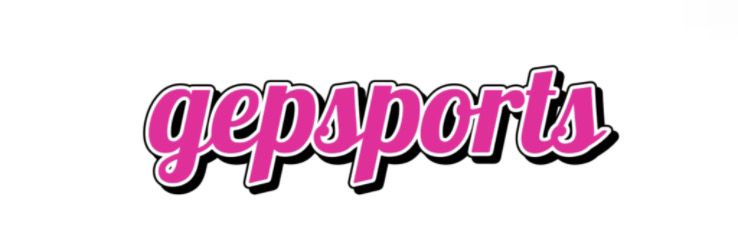How Can Home Textile Machinery Reduce Costs and Increase Efficiency?
In today's rapidly advancing textile industry, Home Textile Machinery plays a critical role in streamlining production processes, significantly affecting both costs and efficiency. This modern equipment offers a range of functionalities that cater to various textile needs, including weaving, knitting, finishing, and printing. These innovations have transformed how manufacturers operate, making them more competitive in a global market.
For more Home Textile Machineryinformation, please contact us. We will provide professional answers.
One of the primary features of Home Textile Machinery is its ability to automate repetitive tasks. By incorporating advanced technologies such as computer numerical control (CNC) and programmable logic controllers (PLC), machines can operate with increased precision while reducing labor costs. Furthermore, many modern home textile machines provide multifunctional capabilities. For example, a single unit can be used for both weaving and finishing processes, which maximizes resource utilization and minimizes the need for multiple machine types.
Despite these advantages, it is essential to consider the potential drawbacks as well. The initial investment for high-quality Home Textile Machinery can be substantial, which may deter smaller businesses from upgrading their equipment. This upfront cost may lead to concerns about the return on investment, particularly if the machinery does not lead to immediate efficiency gains. Additionally, complex machinery may require specialized training for operators, resulting in additional costs and time delays.
From the perspective of operators, the user-friendliness of Home Textile Machinery has seen significant improvements. Many machines now feature intuitive interfaces and detailed instructional support, allowing users to become proficient quickly. Operators have reported that switching between different functions is more streamlined, reducing downtime and increasing productivity. Consequently, businesses can produce higher volumes of textiles in shorter periods, enhancing overall output.
Related articles:Unlocking Weft Knitted Fabrics: Benefits, Uses, and Care Tips
How Durable Fire-Resistant Woven Fabric Enhances Safety
How Does Fireproof Fabric Material Ensure Safety?
Fire Resistant Cotton vs. Standard Cotton: Which is Safer?
difference between flame resistant and flame retardant
Benefits of Antistatic Fabric in Various Industries
7 Benefits of Using Flame Retardant Military Fabric in Tactical Gear
Regarding pricing, the cost of Home Textile Machinery varies widely based on the capabilities and features of the machine. Entry-level models may start around a few thousand dollars, whereas high-end industrial machines can reach tens of thousands. When analyzing the cost-effectiveness, businesses must consider not only the initial outlay but also the long-term savings in labor and operational efficiency. Many firms find that despite the high initial costs, the cumulative savings from reduced labor and increased productivity justify the investment.
To illustrate, a company that recently adopted advanced Home Textile Machinery reported a 30% reduction in production time and a 25% decrease in labor costs within six months. Such results demonstrate the potential for improved efficiency and lower operational costs when modernizing textile machinery.
In conclusion, integrating Home Textile Machinery into production processes can significantly reduce costs while enhancing efficiency. By understanding the various features, weighing the pros and cons, and evaluating user experiences, companies can make informed decisions that align with their strategic goals. The investment may be significant, but the long-term benefits often far outweigh the initial challenges, paving the way for more sustainable business practices in the textile industry.
If you are looking for more details, kindly visit Second Hand Rapier Loom.
Related articles:How to Choose Hi Vis Fluorescent Yellow Fabric?
what is fr fabric
Top Reasons to Buy Flame Retardant Fabric in 2025
Transform Your Style with Flame Fleece Fabric
Understanding FR Fabrics: Safety, Care, and Standards Explained
Unlock Affordable Luxury: Navigate China Bedding Sets Wholesale for Your Best Sleep Yet!
How is Weifang Huayan Revolutionizing Textiles?


